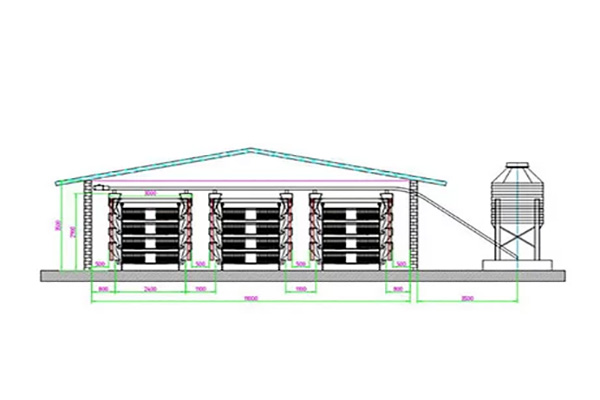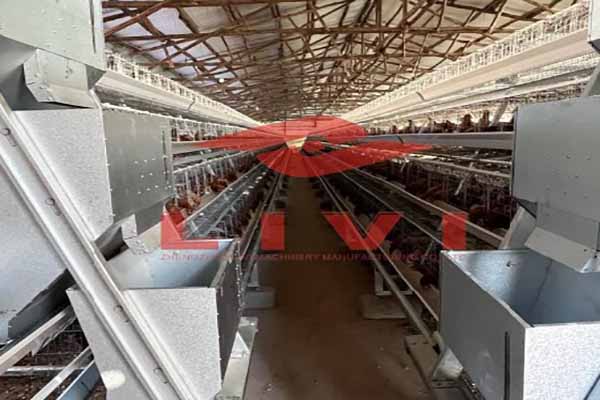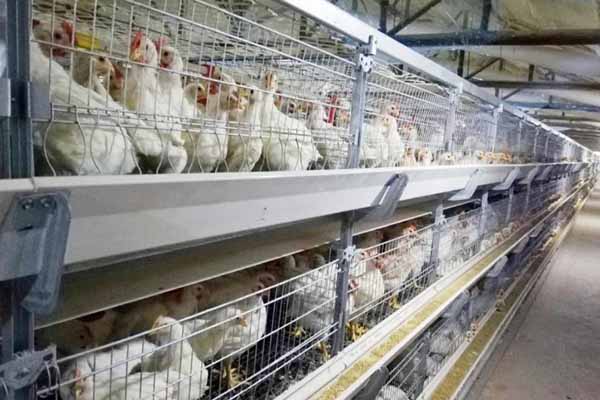Do I Need Different Cages for Chicks, Layers, and Broilers?
As a poultry farmer or investor, selecting the right cages for your chickens is crucial for their health, productivity, and your overall farm profitability. This article explores the differences between chick, layer, and broiler cages and provides insights into the types of cages required for each stage of a chicken’s life cycle.

Chick Cages: The Foundation for Healthy Growth
Chicks require special care and attention as they grow. A good chick cage is designed to provide a safe, comfortable, and hygienic environment. Here are some key features to consider for chick cages:
- Size: Ensure the cage is large enough for the chicks to move around comfortably, but not so large that they become too spread out, increasing the risk of health issues.
- Temperature Control: Chickens need a controlled environment, particularly during the first few weeks of life. A good chick cage should have a heating system to maintain a constant temperature.
- Feed and Water Access: The cage should have easy access to feed and water for the chicks to ensure they receive adequate nutrition.
According to a study by the University of Guelph, providing appropriate chick cages can lead to better growth rates and a reduced risk of disease. The study suggests that well-designed chick cages can increase survival rates by up to 10%.
Layer Cages: Maximizing Egg Production
Layer cages are design ed to optimize egg production. As chickens reach maturity, their needs change. Here are the key features to look for in layer cages:
ed to optimize egg production. As chickens reach maturity, their needs change. Here are the key features to look for in layer cages:
- Egg Collection System: An efficient egg collection system is essential to reduce breakage and keep the cage clean.
- Nesting Boxes: Provide comfortable nesting boxes for the chickens to lay their eggs, ensuring a good laying environment.
- Space: Layer chickens need more space than chicks to move around and exhibit natural behaviors. A general rule of thumb is 2-3 square feet per chicken.
Data from the United States Department of Agriculture (USDA) indicates that the right layer cage design can increase egg production by up to 5% compared to traditional cages.
Broiler Cages: Efficient Growth and Processing
Broiler chickens are raised for meat production, and their cages need to accommodate their fast growth rate and facilitate efficient processing. Key features include:
- Space: Broilers require less space per bird than layer chickens, typically around 1 square foot.
- Ventilation: Good air quality is crucial for broiler chickens. Cages should be well-ventilated to provide fresh air and remove odors.
- Easy Processing Access: The design of the broiler cage should allow for easy processing, such as stunning and evisceration.
According to the National Chicken Council, implementing appropriate broiler cage designs can improve processing efficiency and reduce labor costs by up to 20%.
Conclusion
Selecting the right cages for chicks, layers, and broilers is essential for a successful poultry operation. A well-designed cage system can improve growth rates, increase egg production, and reduce costs. For more i nformation and a free poultry farming design and equipment quotation, please leave a comment below or contact us at Livi Mechanical.
nformation and a free poultry farming design and equipment quotation, please leave a comment below or contact us at Livi Mechanical.




